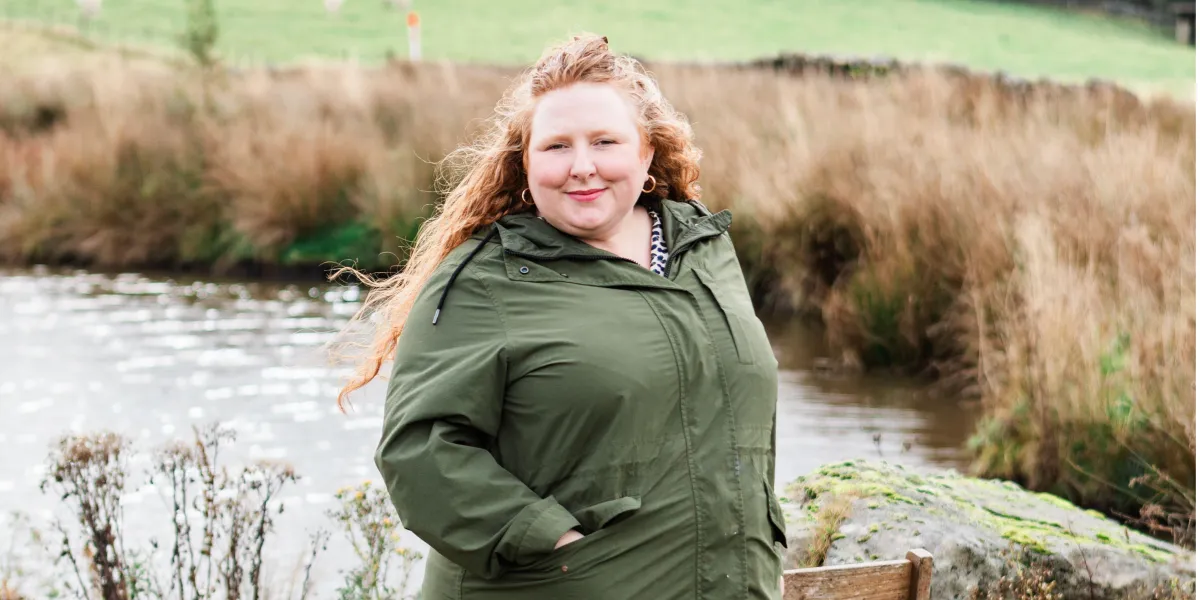
What Off-Grid Living Teaches Me About Sustainable Business Growth
People often ask me what it’s really like to live off-grid.
Honestly? Most of the time, you wouldn’t notice much difference. Flick a switch — the lights come on. Turn the tap — water runs. At face value, it feels completely normal.
The part you don’t see: without even realising it I’ve become a bit of a weather obsessive.
I check my apps constantly, keeping one eye on the forecast and the other on how much energy we’re using and how much we have stored.
A bright, windy day? That’s when I get the washing done, run the air fryer, and tackle all the “power-hungry” jobs.
A grey, still day? That’s when I conserve as much as possible, stretching our reserves and holding off using backups until they’re really needed.
That’s the rhythm of living off-grid: planning ahead, managing resources, and building in enough resilience so you’re never caught short.
And it’s exactly the same with business growth.
Why businesses run out of steam
Too many CEOs chase the next big sales spike, only to find themselves in panic mode when cash dips. We know by now that more revenue doesn’t automatically mean more security.
Just like in off-grid life, you can’t live for the “sunny days” of business and hope it all balances out. Without a plan for the grey days, the wheels come off quickly.
This is where sustainability comes in. And I don’t mean the “eco” kind — I mean building a business that can weather storms, fund its own growth, and keep you confident no matter what the market throws at you.
Three lessons CEOs can steal from off-grid living
1. Build reserves before you need them
On sunny, windy days I make the most of it and get my power hungry jobs done and make sure the reserves are fully topped up. That way, when the weather turns, I don’t have to panic — I’m up to date and I’ve already got a buffer.
Business parallel: Cash flow reserves are your buffer. Having 3–6 months of running costs set aside takes away the fear of a slow sales month or a delayed client payment. Without reserves, every hiccup feels like a crisis.
2. Plan for the dips, not just the peaks
I don’t wait until the power runs out to think about how we’ll cope, I plan usage based on the forecast.
Business parallel: Look ahead. Map your cash flow monthly, not just annually. Know when tax bills, VAT, or seasonal dips will hit so you can spread costs and avoid the “all or nothing” rollercoaster.
3. Don’t burn through your backups
We’ve got backup systems but I treat them as a last resort, not a quick fix.
Business parallel: Debt, overdrafts, or credit cards shouldn’t be your first line of defence. Use them strategically, not habitually. Relying on them day-to-day is like running a generator 24/7 — expensive, noisy, and unsustainable.
Fast growth vs. sustainable growth
Fast, fragile growth looks good on the outside, but it’s risky. Bigger sales can mask shrinking profit margins, and overhead creep quietly eats into your bottom line.
Sustainable growth, on the other hand, is about:
Keeping profit margins healthy as you scale
Protecting cash flow with forward planning
Making decisions based on long-term resilience, not short-term highs
It’s slower. It’s steadier. And it’s far more profitable in the long run.
Ready to make your growth sustainable?
Living off-grid has taught me that resilience beats reaction, every time. And the same is true for your business.
If you’re ready to stop running your business by the seat of your pants, let’s build your sustainability plan together, so you can grow with confidence, not chaos.